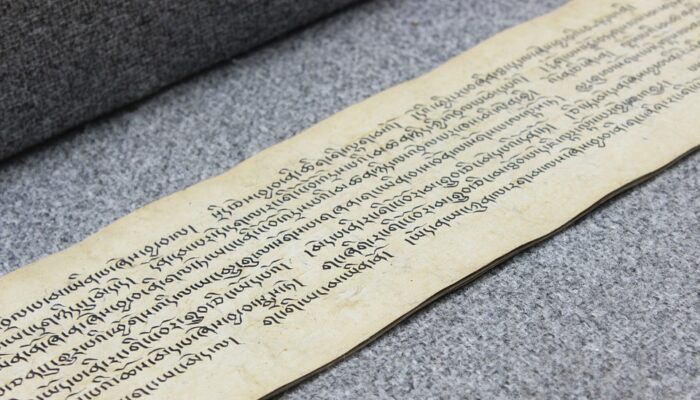Are Tibetan refugee schools in India creating gender disparity?
Thousands of Tibetans have settled in India since 1959. Resettlement in India has given the Tibetan community an opportunity for mass education. However, the journey has not been easy, especially for the female Tibetan refugees. Studies have indicated a subtle gender disparity exists in the Tibetan Children Village Schools in India.
According to Sewell (1992) gender inequalities are created through social practices and through women’s adherence of such practices due to cultural patterns and belief systems. In the ancient Tibetan culture women’s roles were only limited to being a wife, child bearer, or daughter (Uebach, 2005). Gender empowerment has certainly risen in contemporary society with women participating in politics, workforce, and entering higher education. However, several studies have highlighted the existence of subtle gender discrimination within the Tibetan community. Although the existence of gender disparity has been acknowledged, there has been a scarcity of literature in capturing the concerns and thoughts of the female refugee students in the school setting.
Historically, Tibetan society has lacked a significant number of prominent female figures in politics, academia, or any occupation. Although norms have changed in recent years and gender equality has been on the rise, Tibetan women’s achievement in academia has been limited. According to a research conducted by Palkyi (2011), female Tibetan refugee students in India mostly scored lower than their male classmates in grade 12 exams. The research also found that the number of Tibetan female students securing a Master’s degree was less than male Tibetan students (Palkyi, 2011). A few studies have identified structural deficiencies in the Tibetan curriculum and only a handful of research has explored the experiences of refugee Tibetan students in the Tibetan schools, but none from the lens of gender gap concerns.
There is a need for in-depth research about the challenges faced by female refugee Tibetan students in India. In an interview conducted for Tibetan and Himalayan Studies in 2009, several female students highlighted the subtle gender discrimination practices which were embedded in the community (Griffiths, 2009). Examples were provided of students who had left their studies in- between and gotten married, or they were not encouraged to study further like male students (Griffiths,2009). In addition to this, one of the statements made in the research demonstrated that having more male teachers in the high school might have led the female students to be doubtful of women’s potential (Griffiths,2009). The study also mentioned that female students were more hesitant to communicate than male students during the interviews (Griffiths,2009). Extrapolating from the literature it is noticeable that gender discrimination is a part of the Tibetan education system. Therefore, it requires urgent attention by social researchers. Are Tibetan schools in India reproducing a gender divide and if so, what are the possible causes of such a phenomenon?
References
Griffiths, Carolyn, “Reserved Women: The Implementation and Efficacy of a Reserved Seat Quota for Women in the Tibetan Parliament in Exile” (2009). Independent Study Project (ISP) Collection. 627.
https://digitalcollections.sit.edu/isp_collection/627
Palkyi, Tenzin, “ANALYZING EDUCATIONAL ATTAINMENTS AND OCCUPATIONAL OUTCOMES OF TIBETAN REFUGEES LIVING IN INDIA” (2011). University of Kentucky Master’s Theses. 121.
https://uknowledge.uky.edu/gradschool_theses/121
Sewell, W. H. 1992. “A Theory of Structure: Duality, Agency, and Transformation.” American Journal of Sociology 98 (1): 1–29. http://www.jstor.org/stable/2781191?origin=JSTOR-pdf
Uebach, Helga. 2005. “Ladies of the Tibetan Empire (Seventh to Ninth Centuries CE). Pp. 29‐48 in Women in Tibet, edited by Janet Gyatso and Hanna Havnevik. New York: Columbia University Press.
